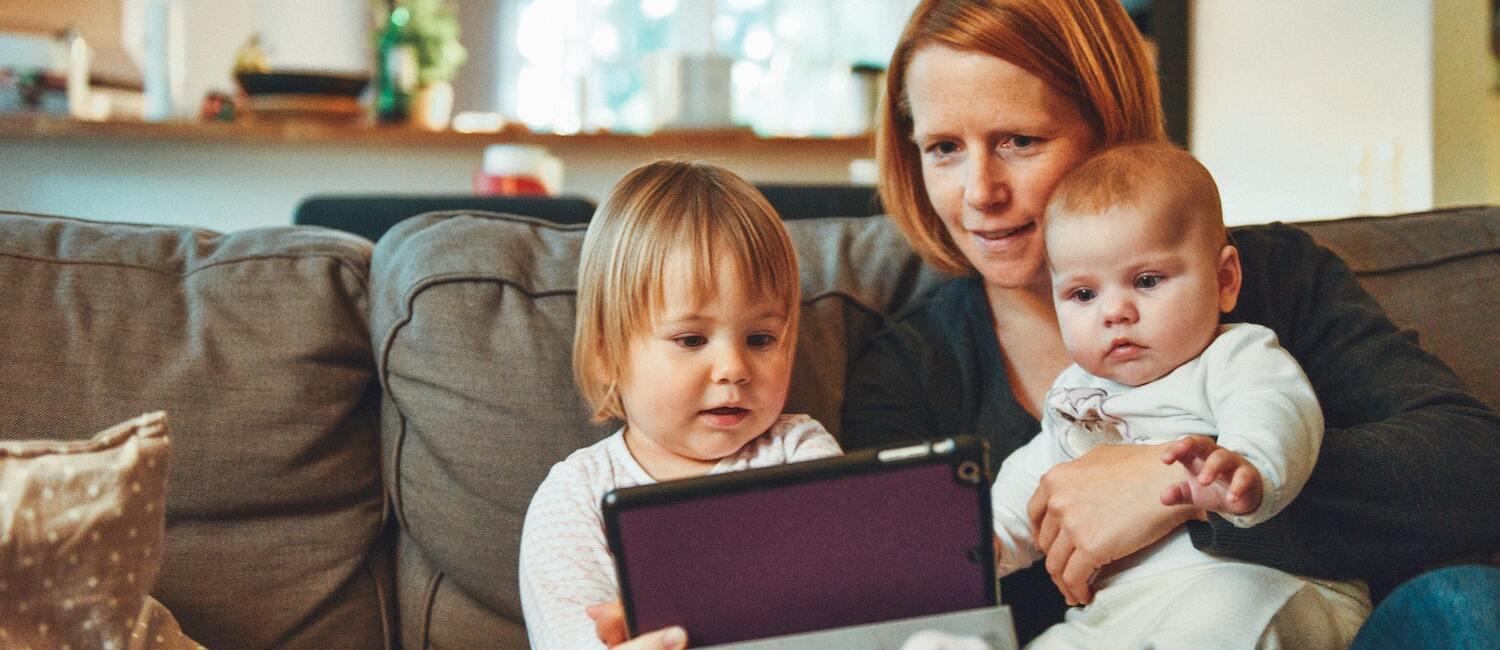
COVID-19 creates uncertainty for caregivers paid under the table
We're all part of this global crisis, pivoting our work, family and social lives to adjust to a new normal. Many of us have been shut-in, subjected to working from home, and physically distancing. It’s a difficult adjustment, especially with kids, but I count myself lucky, in part because we have a live-in nanny to help.
Not everyone has been so fortunate: over a million Canadians lost their jobs in March alone, and over four million have since applied for government support. But many more have no proof they qualify for — or even deserve — financial aid.
Caregivers — our nannies, home health aids, pet sitters and housekeepers — are often paid in cash, meaning there’s no official record of their employment. Amidst the COVID-19 crisis, caregivers (and the families who employ them) are discovering the truth: when someone’s work history has been kept off the record, they’ll have difficulty accessing the support they should have every right to claim.
Caregivers take care of our beloved relatives, homes, and pets. It’s time we took care of them, too. The only way to guarantee caregivers are supported during an economic crisis is to pay them the same as any other employee: legally.
Under the table, under attack
I understand the temptation to pay a caregiver under the table: it’s convenient, cost-effective and everyone gets a bit of a tax break. And it’s not just families who want to pay in cash — many caregivers prefer to keep their payment “off the books” to maintain their eligibility for certain government subsidies, such as affordable housing or tuition assistance. It might be illegal but, ultimately, who does it really hurt? Well, as the current crisis proves, this practice is backfiring on both caregivers and their employers.
Of course, not everyone who employs a caregiver pays them illegally on purpose. Many people think a caregiver can be considered an independent contractor when, by definition, an independent contractor has control over the terms of their job, such as how and when the work is performed. But since you’re in charge, your nanny or home health aid is technically your employee. It’s the same situation as any other employer-employee relationship.
As an employer, you’re obligated to register as such with the CRA, and you’re responsible for making deductions (like CPP and EI contributions, and income tax) from your caregiver’s pay and remitting them. Understandably, it’s easy to misunderstand these regulations or miss them altogether. When you hire a caregiver, there’s no orientation for how to add them to your payroll. But the fact remains: you can, and should, use a proper payroll system to pay your employees.
Professional caregivers deserve professional pay
The Canadian government has been working hard to put money in Canadians’ pockets. Between the Canadian Emergency Response Benefit (CERB), wage subsidies for companies of all sizes, the Canadian Emergency Student Benefit (CESB) and no-interest loans for small businesses, most people financially affected by COVID-19 will get some form of assistance — as long as they have proof of their employment or their status as an employer.
Canadians whose income has been reduced to $1,000 or less per month are eligible for the CERB. The 10% Temporary Wage Subsidy for Employers will cover up to 10% of workers’ wages for eligible employers, reducing the deductions remitted to the CRA. The keyword is “eligible employer.” If you haven’t declared yourself an employer and registered for a payroll account, you cannot claim government support for your employees.
For caregivers, this lack of a paper trail creates significant roadblocks to financial aid. With no pay stubs, T4s or ROEs, they can’t prove that they’ve lost income. While we can’t go back in time to guarantee all caregivers received legal pay prior to the pandemic, a payroll system like HeartPayroll can set your employees up for financial stability in the future. It’s not just about simplifying and legalizing the caregiver payroll process — it’s about providing people with the financial security they deserve.
In my household, our nanny has always been more than a trusted employee — she quickly became part of our family. She shares our home and we trust her to take care of our children as if they were her own. Canadians who rely on these workers can’t afford to give up their services, and caregivers themselves can’t afford to go without financial aid. We’re in this together and we need to take action now to support our people as best we can.